I'm tried to use both of the methods but it seems like Adaptive threshold seems to be giving a better result. I used
cvSmooth( temp, dst,CV_GAUSSIAN,9,9, 0);
on the original image then only i used the threshold.
Is there anything I can tweak with the Otsu method to make the image better like adaptive thresholding? And 1 more thing, there are some unwanted fingerprint residue on the side, any idea how i can dispose them off?
I read from a journal that by comparing the percentage of the white pixels in a self-defined square, I can get the ROI. However this method requires me to have a threshold value which can be found using OTSU method but I'm not too sure about AdaptiveThresholding.
cvAdaptiveThreshold( temp, dst, 255,CV_ADAPTIVE_THRESH_MEAN_C,CV_THRESH_BINARY,13, 1 );
Result :


cvThreshold(temp, dst, 0, 255, CV_THRESH_BINARY | CV_THRESH_OTSU);

